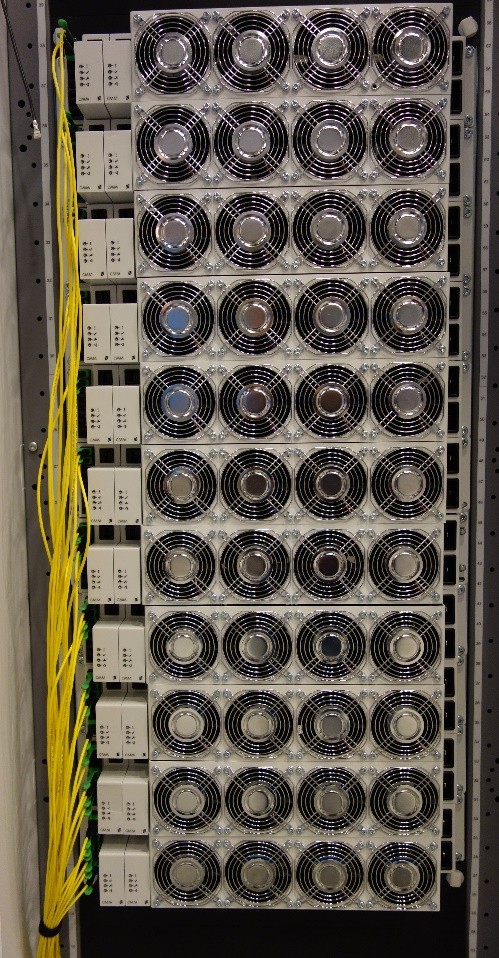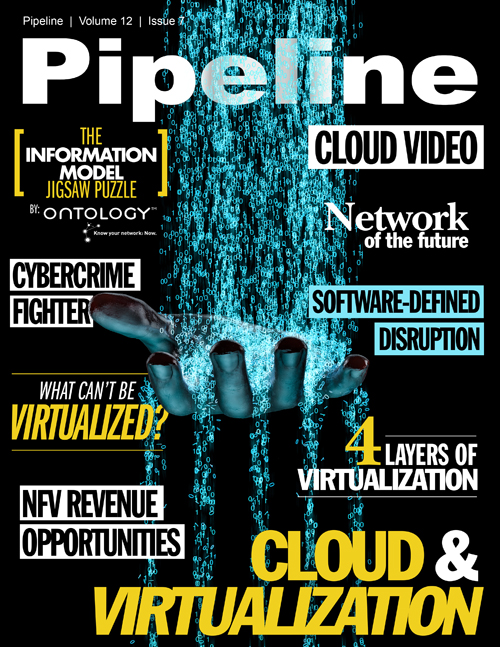Software-Defined Will Disrupt Your Datacenter
Deploying more sensors or more sophisticated analytics leads to deeper insights into a functional process. Obviously there are economic and performance trade-offs to deploying sensors and resource intensive analytics, and those trade-offs will play a large role in vendor differentiation.
SDx Enable New Levels of Scaling
Separating data and control via a feedback loop enables ease of scaling and composability. Composability is the ability to assemble exactly the hardware resources needed to run a service efficiently at scale, from individual bare-metal servers, containers or VMs to rack-level workload optimization and data center spanning orchestration. Composability incorporates dynamically configuring compute, networking and storage resources to meet changing workload demands.

As an example, consider VM templates. Today templates are used to try to right-size resources for a given application. In the future, the control function for a set of data center resources will know exactly what resources an application uses every time the application runs. Over time the control function can create an optimal template for configuring VMs or containers for that application, and over time the control function will be able to assess resource utilization trends as the application is modified and as the data used by the application changes. The result will be applications that run increasingly more efficiently with improved service on top of dynamically composed hardware resources.
For another example, consider a smartwatch that distributes control between the wearer’s smartphone and a cloud service. The watch streams data about the wearer and their environment to the
control functions, which then compose the right data center resources to deliver insight to the owner. A combination of watch and phone user experiences (UX) deliver insight to the wearer. The
watch can upgrade and add new functions over time, and can leverage cloud-hosted compute and storage. As a result, both functions and insights scale independently of the sensor and UX
capabilities of the watch.
Ericsson RSA [photo: TIRIAS Research]
The same is true for designing a manufacturing robot to flexibly manufacture a range of different components, for an assembly line containing many such robots, and composable economies for manufacturing more complex components and products.
Impact on the data center
If you own or manage a data center, you are already living in the IoT world. You are managing a collection of things that leverage control feedback based on observations from increasing amounts of data in order to tune and optimize your service delivery.
The proliferation of sensors and the transition to an IoT era will further drive the need for more flexible network solutions. As a result, short-term IoT returns and margins will not happen in new personal tech and smart watches. Wiser investors will upgrade IT infrastructure with the composable software-defined architecture and products required to handle the evolving technologies defining SDDC and IoT, and redefining the world we live in.



















